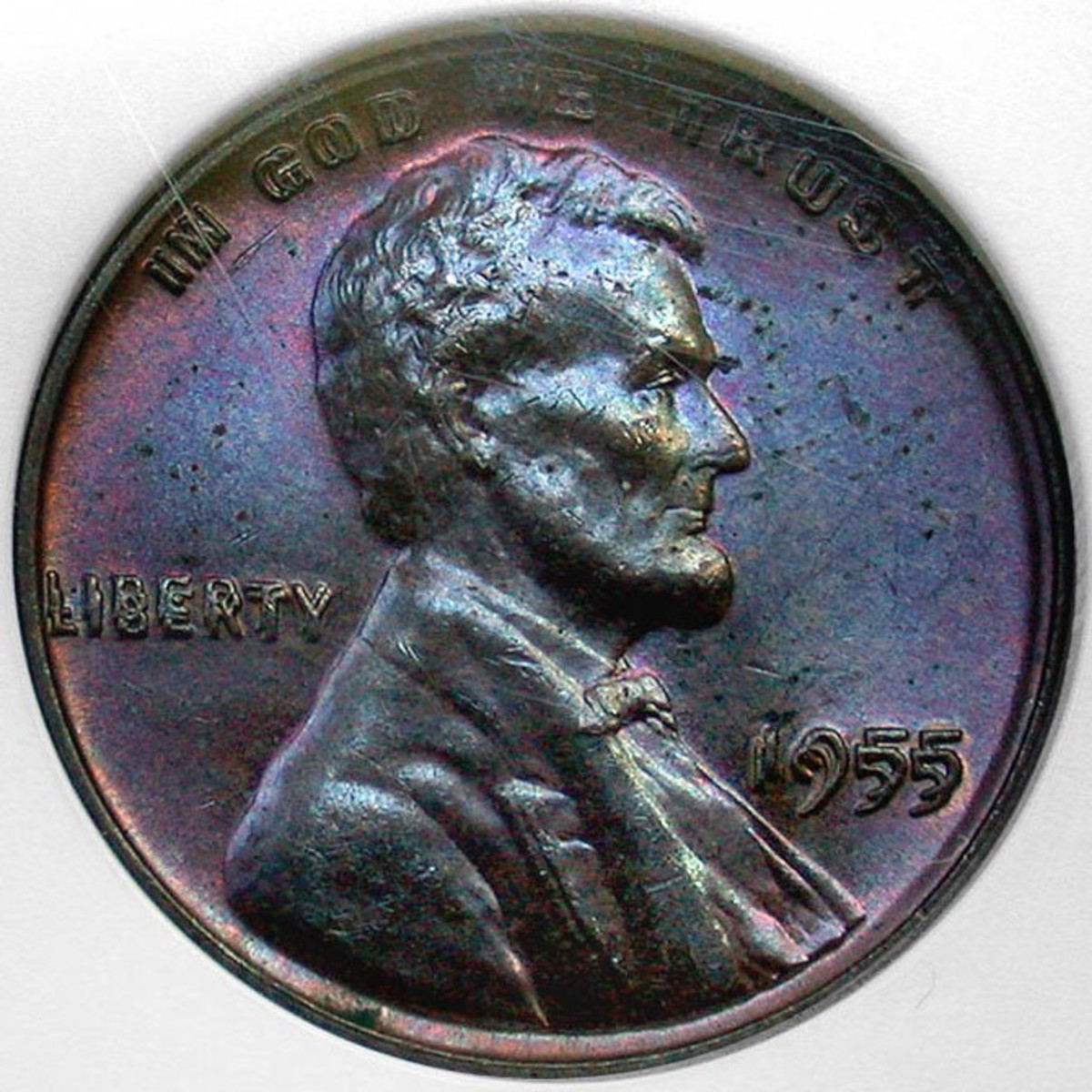1943 Steel Wheat Penny Value

In January 1942, after the attack on Pearl Harbor, The Numismatic Scrapbook Magazine reported that Treasury officials were seriously considering using different contents for some coins. It was around this time that silver dollars had been discontinued. Shortly after, in 1943, the U.S. issued a steel penny because the nation’s copper was needed for World War II supplies.
1943 Steel Wheat Penny Value No Mint Mark
Making The 1943 Steel Cent. The steel penny may seem like a random anomaly to some. Yet the coin has a vital connection to an international historical event. The 1943 steel cent was produced during the height of World War II. This global conflict saw the United States military's involvement from 1941 through 1945. Q: What determine the value of a 1943 steel penny? How much of the general value associated with a steel penny a collector is liable to pay you is determined by the coin’s condition.
The 1943 Copper Penny is known as the Wheat Penny, the predecessor to the infamous Steel Penny. Steel Pennies replaced Wheat Pennies in attempt to save the nation’s copper supply. As mentioned below, the Steel Penny was strongly disliked by most Americans at the time and lived a short era.
Story Behind the Design
In 1908, Theodore Roosevelt, approved the design of a new cent. During Abraham Lincoln’s centennial of February 1909, Roosevelt decided to choose Lincoln as the face of the penny.
1943 P Steel Wheat Penny Value
Roosevelt considered Lincoln to be one of his biggest idols, hence why he chose him. By putting Lincoln on the penny, Roosevelt felt that he honored Lincoln’s presidential term and legacy. A sideview of Lincoln is portrayed on the front of the coin. .
Composition and Fraud Issues
Before the war efforts, the primary composition of the wheat penny was 95% copper and 5% zinc. The newer, silver appearance of the penny is the result of the U.S. Mint using a zinc coating over steel.
Only a few copper pennies were minted in 1943, and the coins were most likely mistakenly released. Because of this, Wheat Pennies are incredibly rare and highly sought after by coin collectors. However, many counterfeiters have created nearly-realistic dupes of the coin in order to trick potential collectors.
There are a few ways that fake coins be presented as the 1943 Wheat Penny. For example, a 1948 copper penny could be filed down on the left side of the 8, making it look like a 3 instead. Real Wheat Pennies would have a longer tail at the end of the 3 in 1943; while a filed down 1948 would have a short 3. Some people would go as far as copper plating Steel Pennies and selling them at coin shows and flea markets.
To ensure high quality and true Wheat Pennies, check the coins for certification before purchasing them. An easy way to distinguish a true copper penny from a copper-plated penny is to hold up a magnet against it. If the coin sticks to the magnet, then it is a steel penny.
1943 Copper Wheat Penny Value
In addition, checking the weight of the coin can help verify its authenticity. The change of metal lowered the weight of the coins by about 13%. Steel pennies weigh 2.7 grams, while copper pennies weigh 3.11 grams.
Rarity and Value

1943 Steel Wheat Penny Value 2019
It is estimated that only 40 copper-alloy pennies have made it through the minting process in 1943. To this day, only 12 copper coins have been recorded and accounted for. Essentially, it means that there are still 28 of these coins that aren’t officially documented.
Due to the rarity of Wheat Pennies, the pricing range is between $60,000 and $100,000. In average condition, they can be worth as much as $60k; meanwhile, in certified mint condition, they can be worth as much as $100k.
On the other hand, Steel Pennies are practically worthless. The average price range for a circulated Steel Penny is between 10 cents and $1. Uncirculated Steel Pennies are worth $3 to $5.

Another determining factor for the Wheat Penny is the location of production. There are three common production locations; Philadelphia (standard), San Francisco (S coins), and Denver (D coins). For example, a 1943 S Wheat Penny, would be valued differently than a 1943 D Wheat Penny.
The End to Steel Pennies
Upon the release of the new steel penny, the coin received a lot of backlash. Many Americans complained that the new steel coin’s appearance too closely resembled that of dimes. The U.S Mint tried to address their concerns by explaining that the coins would soon turn darker and become more distinct.
Typically, zinc oxidizes over time and turns into a dark grey or black. In addition, once the zinc coating faded, the steel would be exposed and rust under the elements.
Another issue with the coin was its magnetic properties. Many mechanical devices treated the new cent as a slug.
The Treasury then began solely issuing out the steel coins when bronze-copper cents weren’t available. In the following year, the U.S Mint used copper for pennies.